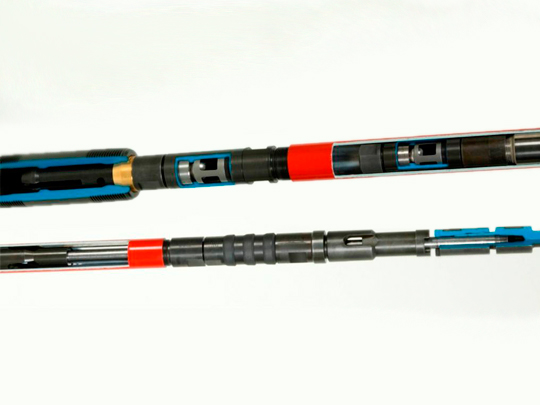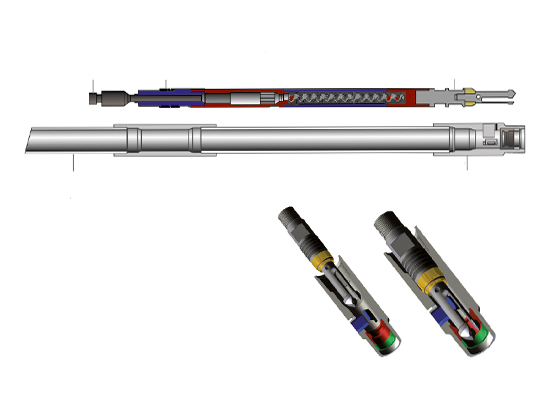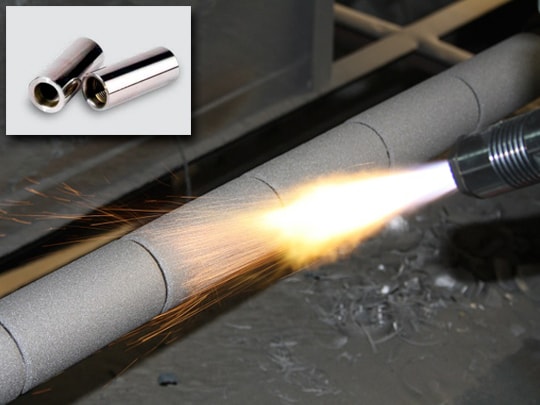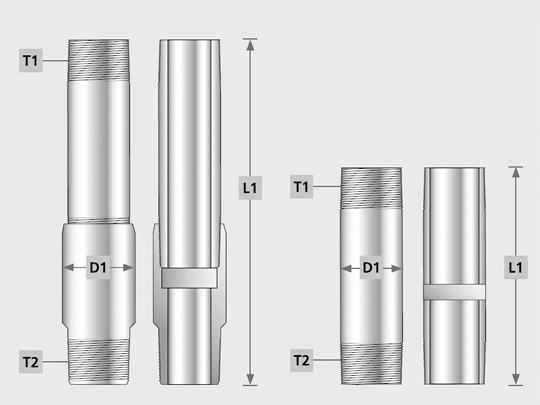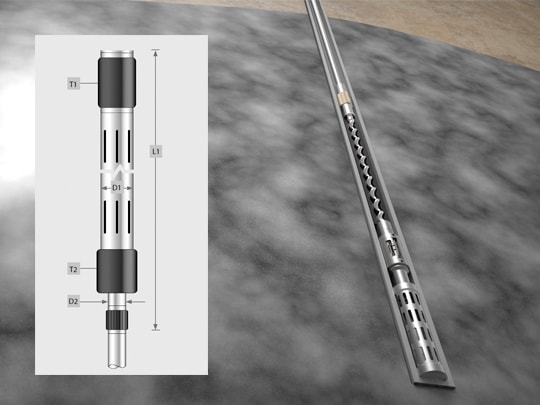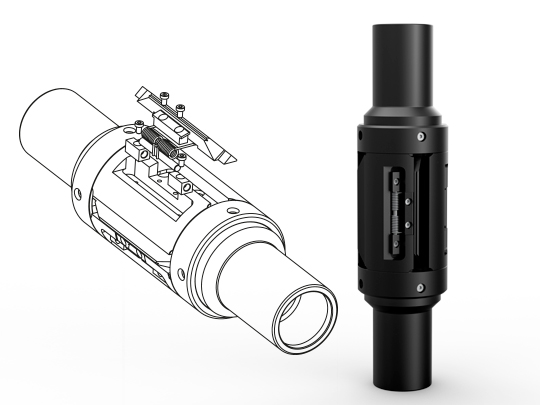Downhole Sucker-Rod Pump
Downhole sucker-rod pumps are a key component of a sucker-rod lift type of artificial lift system.
KSBS pumps offer the right combination of manufacturing, engineering and application expertise. Insert pumps are constructed with externally or internally threaded, heavy-wall barrel for greater strengthand rigidity and are especially applicable to wells of greater depth.
Thin- wall barrel pumps are most commonly run at moderate well depths and provide large insert rod pump for any given tubing size. Tubing pumps combine a heavy-wall barrel, a proven stroke-through design and the largest possible bore to operate safely in even the deepest wells.
Insert and Tubing Types
Seating assemblies could be done from:
- carbon stells
- stainless steel
- stellit
- ceramics


